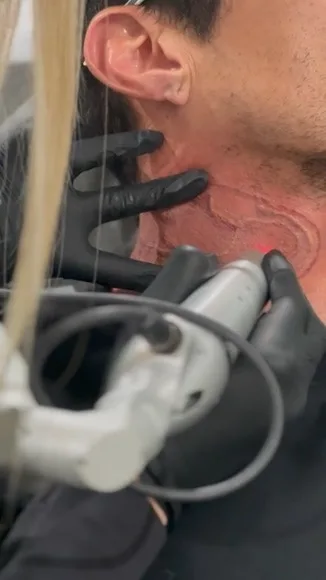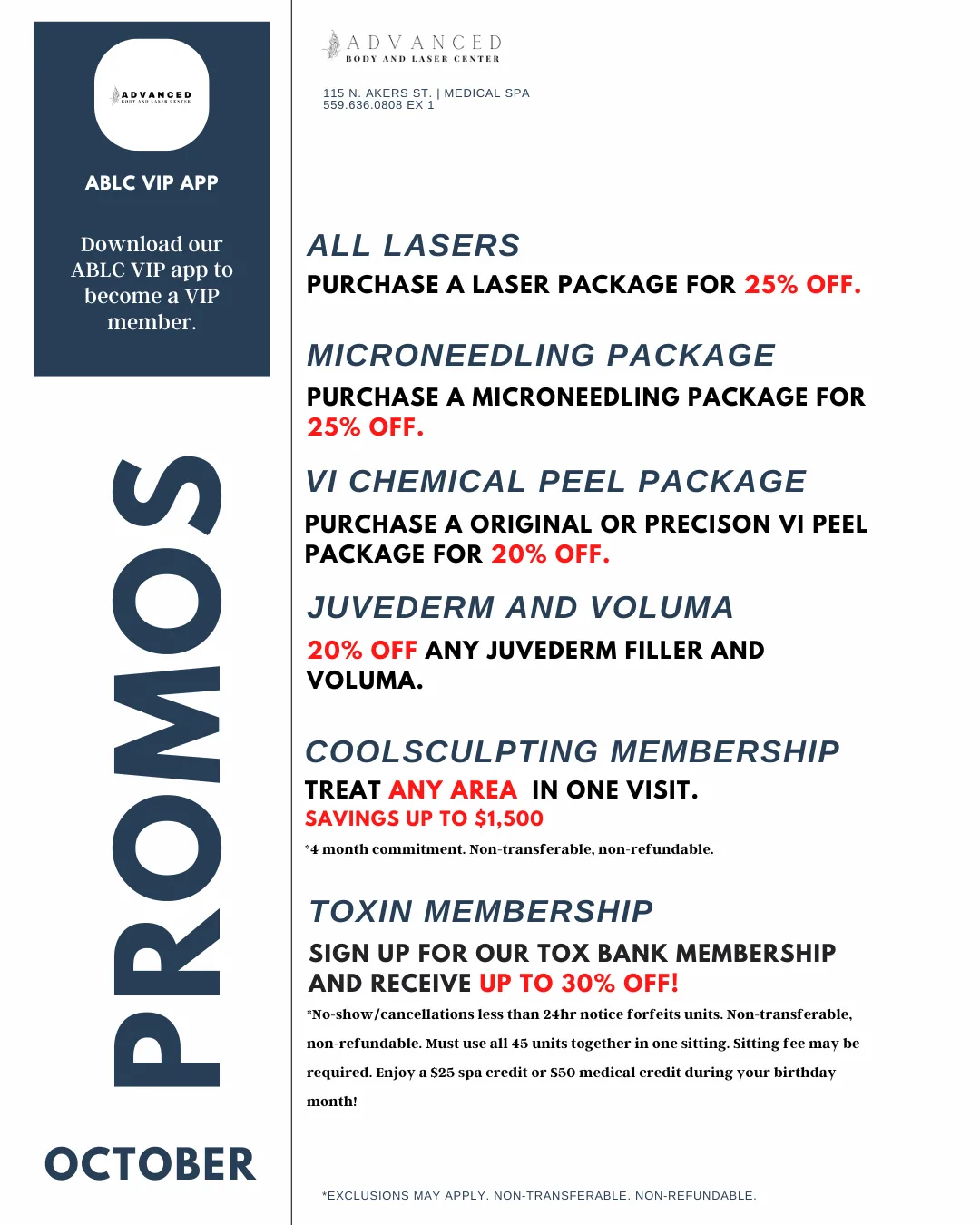

Tattoos are meant to be permanent, but life changes — and so do our tastes. What once felt like a powerful expression of individuality may no longer reflect who you are today. Whether it’s an outdated design, a reminder of the past, or simply artwork that hasn’t aged well, many people find themselves wondering: Can all tattoos really be lasered off?
The answer is more nuanced than a simple yes or no. Thanks to advances in medical aesthetics, laser tattoo removal has become the safest and most effective way to fade or erase unwanted ink. However, not all tattoos respond to treatment in the same way. Let’s explore how the process works, which tattoos can be removed completely, which ones are more challenging, and what you can realistically expect from the journey.
Laser tattoo removal is a non-invasive treatment that uses concentrated light energy to break down tattoo pigments in the skin. Over time, your body’s natural immune system flushes away these fragmented ink particles, leading to gradual fading and, in many cases, complete removal.
Unlike older methods such as dermabrasion (sanding the skin) or surgical excision, laser tattoo removal preserves the integrity of your skin, minimizes scarring risk, and offers far greater precision. It’s now widely recognized as the gold standard in tattoo removal.
When a tattoo is placed, ink particles are embedded deep into the dermis. Your body identifies the ink as foreign material, but the particles are too large to eliminate naturally. That’s why tattoos stay visible for decades.
Laser technology changes the game. Ultra-short pulses of light energy penetrate the skin, targeting the ink without harming surrounding tissue. The ink absorbs this energy, shatters into microscopic fragments, and then the body’s lymphatic system gradually removes them.
Different wavelengths of laser light are used for different colors of ink:
The process is safe, highly effective, and customized to each individual tattoo.
Not every tattoo responds in the same way to laser treatments. Several key factors influence whether your tattoo can be fully removed:
Older tattoos often fade more easily. Ink naturally breaks down and disperses over time, so laser energy has less pigment to target compared to newer, freshly saturated tattoos.
Dark pigments like black, navy, and brown usually respond quickly. Lighter pigments such as green, turquoise, yellow, and white are more difficult because they reflect more light and absorb less energy.
Professional tattoos typically involve deeply packed ink, which can require more sessions. Amateur tattoos, while less precise, are often easier to fade because they contain less ink and are placed more superficially.
Smaller tattoos require less time to treat, while larger pieces can be more complex. Tattoos closer to lymph nodes or areas with strong circulation (like the upper arms or chest) may fade faster than those on hands, ankles, or feet.
Modern laser technology has made tattoo removal safe for all skin tones, but providers still select settings carefully to prevent unwanted pigmentation changes.
Your immune system plays a central role in flushing out ink particles. People in good health often see faster progress than those with compromised immune function.
Some tattoos are especially well-suited for laser treatments:
For these cases, patients often see dramatic fading within just a few sessions.
While most tattoos can be significantly lightened, some present greater challenges:
Challenging tattoos don’t mean removal is impossible—it just means more sessions, patience, and careful planning may be required.
The short answer: most tattoos can be removed or lightened significantly, but not every tattoo disappears without a trace.
With today’s advanced picosecond lasers, many tattoos can be erased to the point where no visible ink remains. However, some tattoos may leave behind a faint “ghost image,” light shadowing, or slight textural differences in the skin.
It’s important to have realistic expectations. During your consultation, your provider will evaluate your tattoo and give you a clear idea of what results you can expect.
Not everyone seeks full tattoo removal. Many people simply want to lighten an existing tattoo to make room for a professional cover-up. Laser treatments are excellent for this purpose. By fading the original design, your tattoo artist has more creative freedom for a new piece.
Cover-up lightening often requires fewer sessions than full removal, making it a quicker and more affordable option.
Here’s what you can expect if you decide to undergo treatment:
Your journey begins with a thorough consultation. Your provider will examine your tattoo, assess your skin type, and discuss your goals—whether that’s complete removal or lightening for a cover-up.
Most tattoos require 6–12 sessions spaced 6–8 weeks apart. The body needs time to process the fragmented ink before each subsequent treatment.
Post-treatment care is essential for optimal healing:
Immediately after treatment, the tattooed skin may appear white or frosted. Redness, swelling, or mild blistering can occur, but these symptoms usually subside within a few days.
Over the next several weeks, the ink particles gradually fade as your immune system flushes them out. With each session, you’ll notice continued improvement until your desired result is achieved.
When performed by trained professionals with advanced technology, laser tattoo removal is safe and effective. Still, like any medical procedure, there are potential risks:
Choosing a qualified provider with FDA-approved technology greatly reduces these risks.
Some people are tempted by tattoo removal creams, at-home devices, or surgical options.
These methods are generally ineffective or unsafe:
Professional laser tattoo removal remains the safest, most effective, and medically approved method.
The same advanced laser systems used for tattoo removal can also address:
This makes laser therapy a versatile solution for overall skin rejuvenation.
At Advanced Body & Laser Center, our team has over 20 years of experience delivering advanced medical aesthetic treatments. We use state-of-the-art picosecond laser technology to safely and effectively target tattoo ink across all colors and skin types.
Our personalized treatment plans, expert care, and commitment to patient comfort make us a trusted destination for laser tattoo removal.
So, can all tattoos be lasered off? In most cases, yes—or at least significantly faded to the point where they are barely visible. Modern laser technology has made tattoo removal safer, faster, and more effective than ever before.
Every tattoo is unique, and results vary based on color, depth, size, and age. The best way to know what’s possible is to schedule a consultation with a qualified provider.
If you’re ready to say goodbye to unwanted ink or lighten a tattoo for a fresh start, professional laser tattoo removal could be your solution.
Most tattoos require 6–12 sessions, though the exact number depends on the tattoo’s size, age, colors, and depth.
Dark colors like black and navy respond best. Bright colors such as yellow, orange, and white are more resistant but can often be lightened significantly with advanced lasers.
The sensation is often compared to a rubber band snapping against the skin. Cooling devices and numbing cream help minimize discomfort.
Fading begins within a few weeks after your first session. Noticeable results build gradually with each treatment.
Scarring is rare when performed by experienced professionals. Following aftercare instructions reduces the risk even further.
Yes. Many people choose to fade an existing tattoo to allow for a more successful cover-up design. This often requires fewer sessions than complete removal.


October Specials Are Here!
This October, enjoy 25% off select packages, 20% off chemical peels, and more!



Discover your best self at Advanced Body & Laser. Whether you’re looking to rejuvenate your skin, sculpt your body, or simply feel more confident, our expert team is here to help. Schedule your consultation today and take the first step toward transformation.
Call ABLC at (559) 636-0808 for more information on booking an appointment, or fill out the form below and we will reach out to you!